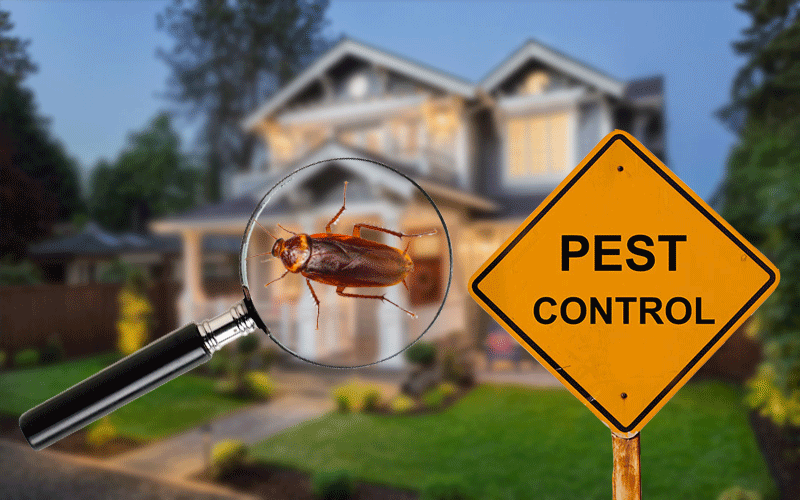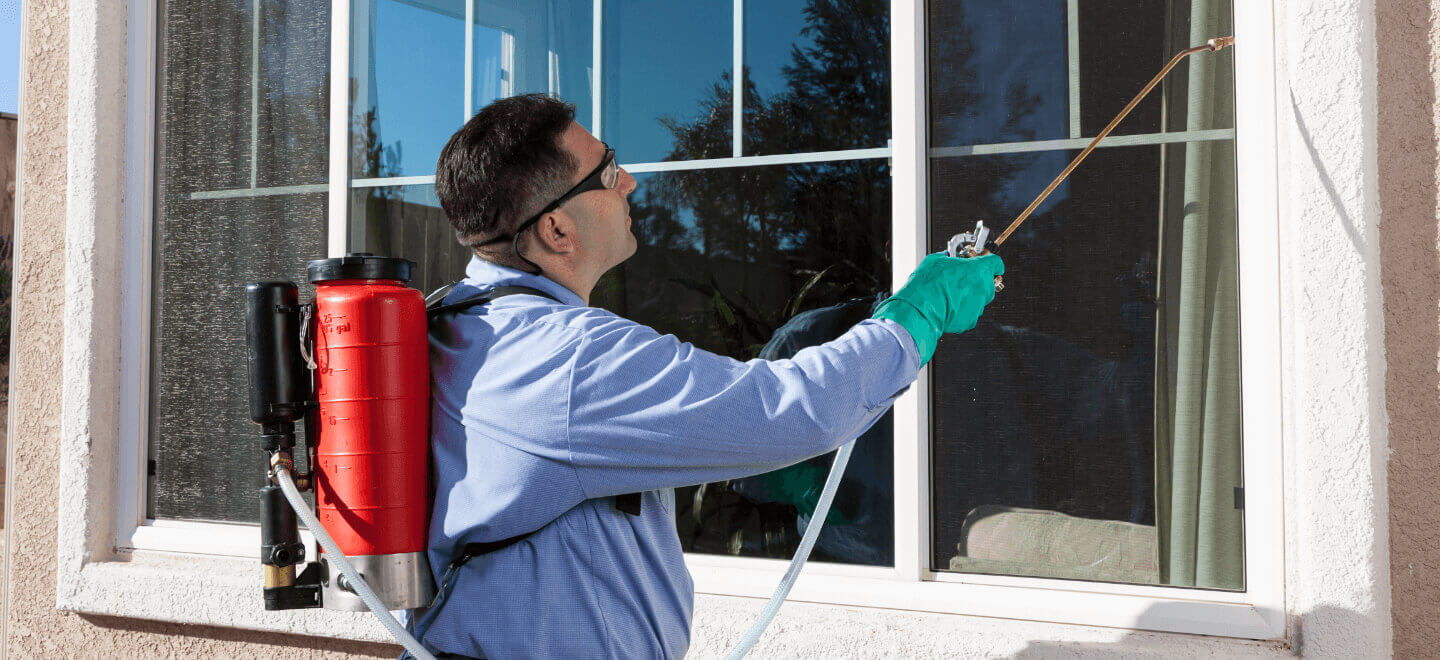Experienced A1 Exterminators Charlotte NC - Fast and Trustworthy Solutions
Experienced A1 Exterminators Charlotte NC - Fast and Trustworthy Solutions
Blog Article
Bed Pest Treatment Failure: Comparing Chemical Vs. Non-Chemical Solutions
In the world of parasite control, specifically when managing the persistent problem of bed pests, the choice in between chemical and non-chemical treatment services can be an essential one. Both techniques supply unique benefits and downsides, affecting elements such as efficiency, safety and security factors to consider, and general cost. By checking out the nuanced details of each technique, a clearer understanding of which course to pursue in resolving a bed insect invasion can be obtained.
Efficiency of Chemical Therapies
Chemical treatments for bed pest problems have actually been widely acknowledged for their potent and quick efficacy in removing these pests. When thinking about the effectiveness of chemical treatments, it is essential to comprehend that they can give a quick and extensive service to a bed bug trouble.
Furthermore, chemical treatments have the advantage of offering recurring impacts, implying that they can remain to eliminate bed insects even after the initial application. This recurring action is specifically helpful in combating any possible re-infestations. Additionally, the rapid action of chemical therapies can bring relief to people dealing with severe bed bug infestations, enabling them to restore control of their space rapidly.
Safety Worries With Chemical Solutions
One critical facet that calls for careful factor to consider when utilizing chemical options for bed insect therapy is ensuring the safety of passengers and the environment. While chemical therapies can be effective in getting rid of bed bugs, they may pose risks otherwise taken care of appropriately. One of the key safety and security interest in chemical services is the prospective harm they can cause to human health. Direct exposure to particular chemicals made use of in bed pest treatments can bring about breathing issues, skin irritation, or various other negative responses, particularly in people with pre-existing problems or level of sensitivities. Furthermore, inappropriate application or dose of chemical pesticides can cause hazardous residues sticking around in the cured area, positioning lasting health risks to passengers.
Moreover, the environmental effect of chemical options is one more substantial factor to consider. Some chemicals made use of in bed bug therapies may be harmful to helpful insects, wildlife, and communities if they leach into the dirt or water supply. It is vital to use chemical therapies judiciously, complying with safety and security standards, and taking into consideration less harmful options to minimize these dangers and make certain the efficient and secure management of bed insect invasions.
Benefits of Non-Chemical Methods
Thinking about the potential security worries and environmental impact linked with chemical solutions for bed pest treatment, exploring non-chemical strategies presents a promising alternative with a number of unique benefits. Non-chemical methods use a much safer choice for homes, especially those with people, youngsters, or family pets conscious extreme chemicals. These techniques remove the threats of exposure to harmful substances, lowering the potential for unfavorable health results. Furthermore, non-chemical treatments are environmentally pleasant, as they do not contribute to air or water contamination, making them a sustainable selection for parasite control.
In addition, non-chemical options can be efficient in targeting bed bugs, consisting of hard-to-reach read this article areas where chemical therapies may not permeate - A1 pest control charlotte nc bed bugs. Methods such as warm therapy, vacuuming, steam cleansing, and cushion coverings supply complete eradication without the use of harmful chemicals.
Limitations of Non-Chemical Treatments

In addition, non-chemical therapies typically call for multiple applications to accomplish successful eradication. This can be lengthy and may not constantly assure full elimination of all bed bugs and their eggs, specifically in hard-to-reach or surprise places.
Additionally, the success of non-chemical therapies greatly counts on proper execution and thoroughness, which can be challenging for individuals without expert experience. Inadequate application of non-chemical techniques might lead to insufficient elimination, resulting in persistent problems and the demand for added therapies.
Consequently, while non-chemical treatments have their advantages, it is crucial to acknowledge these limitations and consider them when establishing one of the most reliable technique for managing bed bug infestations.
Expense Comparison: Chemical Vs. Non-Chemical Options
Given the limitations linked with non-chemical therapies, an essential element to review in the context of bed bug monitoring is the cost contrast in between chemical and non-chemical choices. Chemical treatments typically include the application of insecticides by experts, which can range from $250 to $900 per room, depending on the severity of the infestation and my response the dimension of the area to be treated. On the other hand, non-chemical treatments like warm therapy or steam can be a lot more pricey, with expenses varying from $1,000 to $6,000 for an entire home. While the initial price of chemical therapies might appear lower, numerous treatments may be needed to completely get rid of the problem, possibly boosting the general cost. On the other hand, non-chemical options might give a more lasting and green solution, although they can be cost-prohibitive for some people. Inevitably, when taking into consideration the expense of bed bug treatment choices, it is essential to evaluate the in advance expenses against the efficiency and lasting sustainability of the chosen approach.
Verdict

Taking into consideration the prospective security concerns and environmental influence connected with chemical services for bed bug therapy, checking out non-chemical strategies offers a promising alternative with several distinctive benefits.Given the limitations associated with non-chemical treatments, an essential facet to evaluate in the context of bed pest management is the cost comparison in between chemical and non-chemical choices. In comparison, non-chemical treatments like warm therapy or vapor can be more pricey, with prices varying from $1,000 to $6,000 for a whole home. While the initial cost of chemical treatments may seem lower, several treatments may be needed to totally eliminate the infestation, potentially boosting the total expense.In verdict, when comparing chemical and non-chemical bed pest treatment alternatives, it is necessary to think about performance, safety, benefits, constraints, and cost.
Report this page